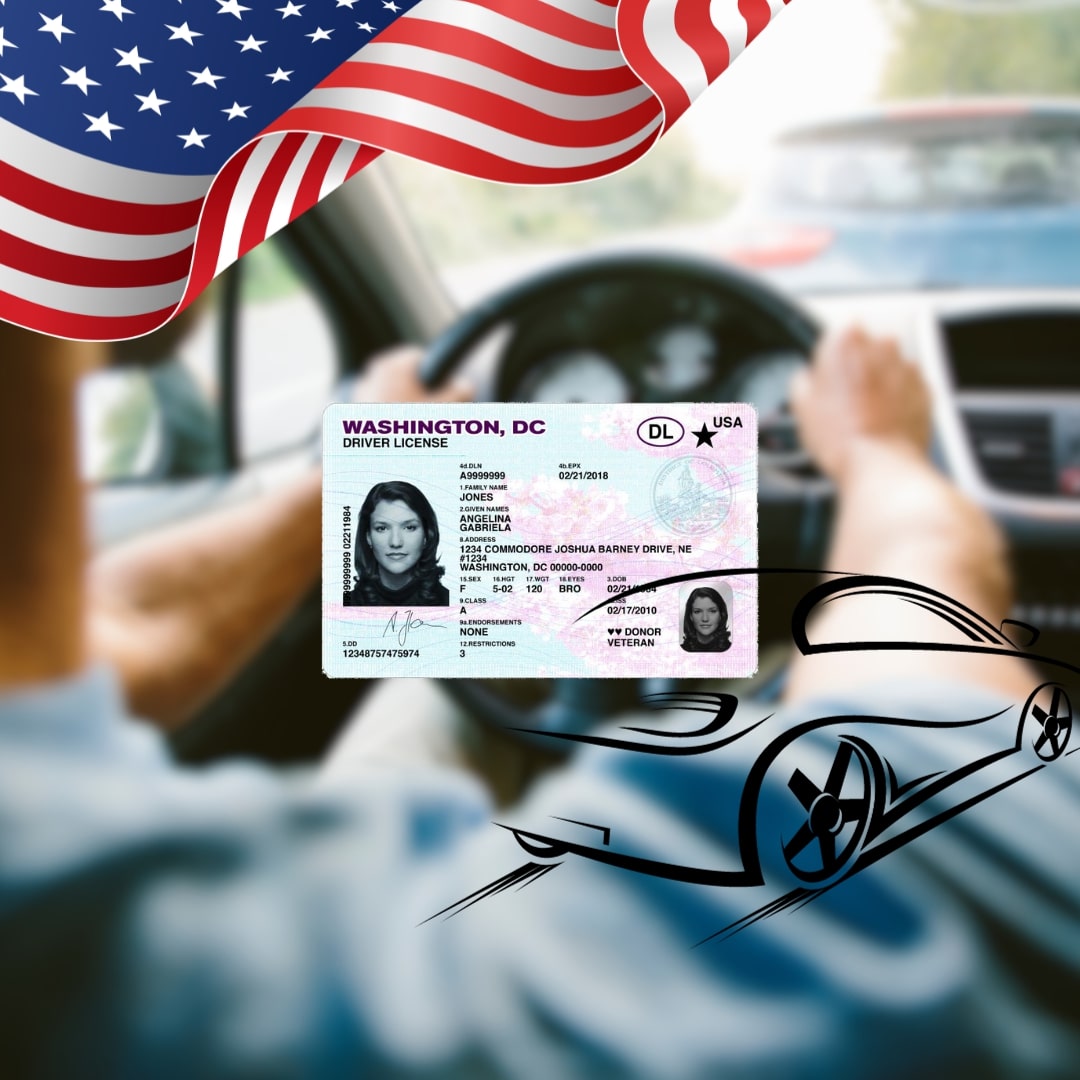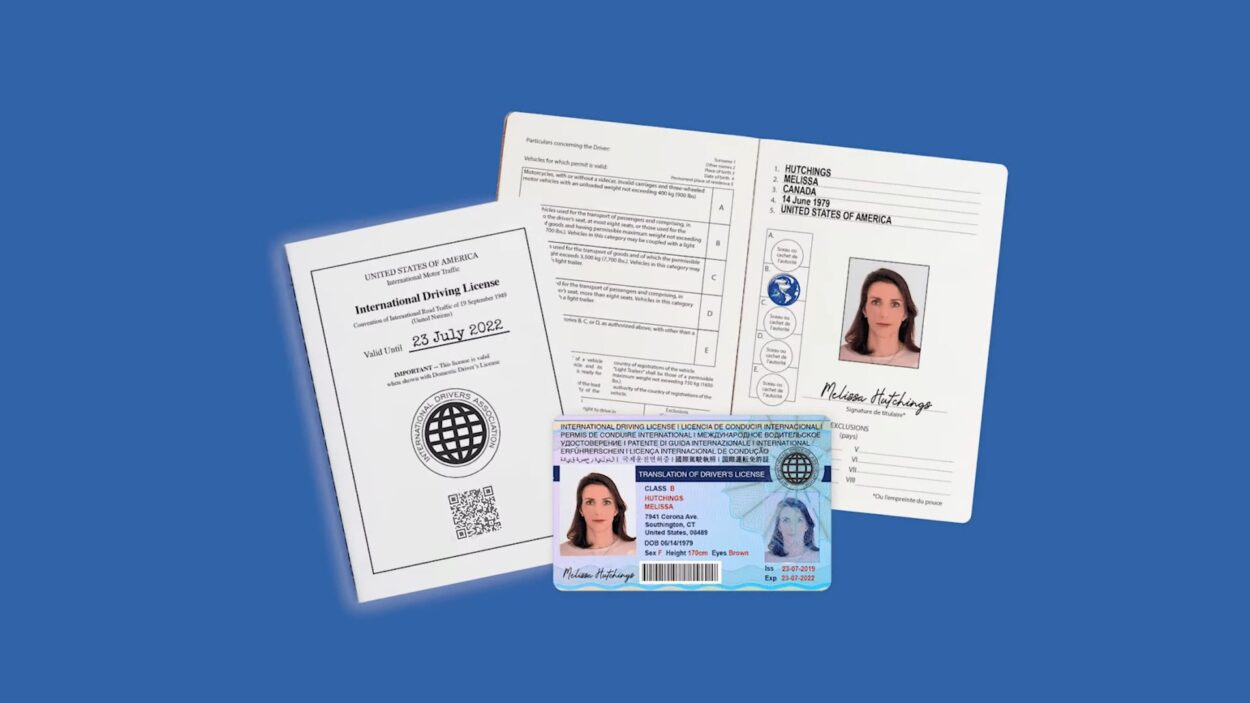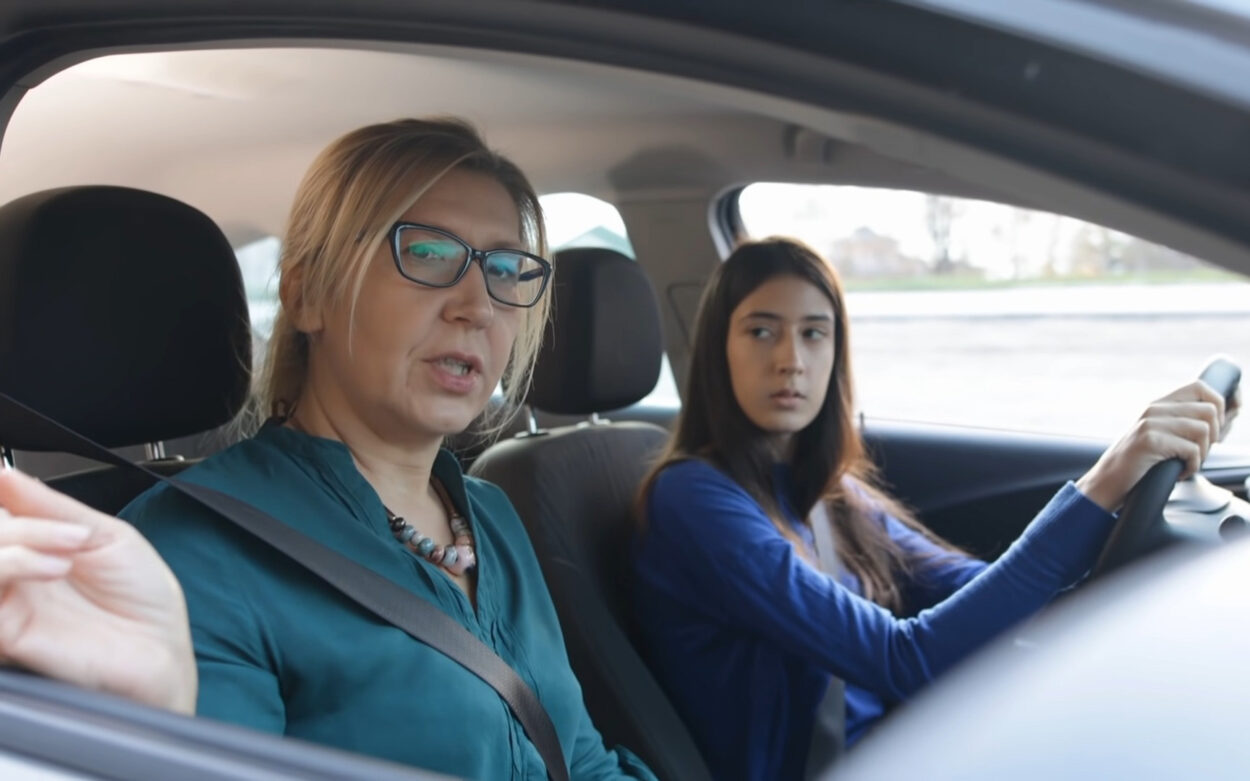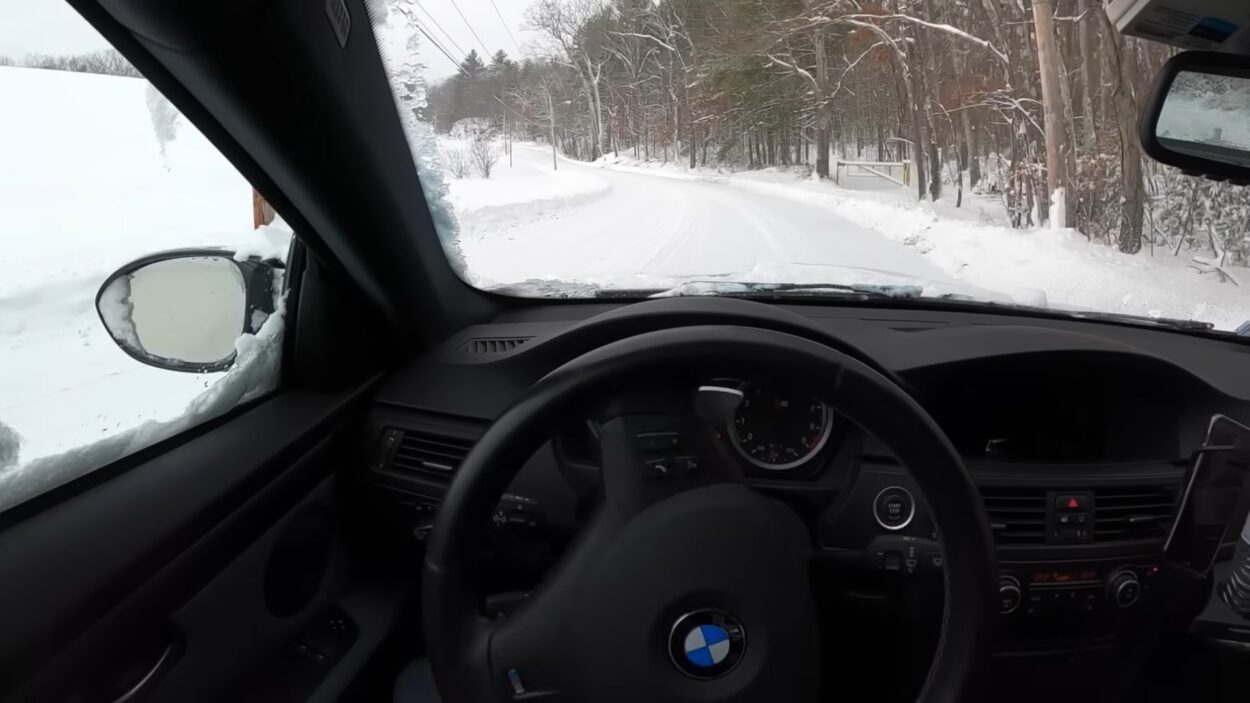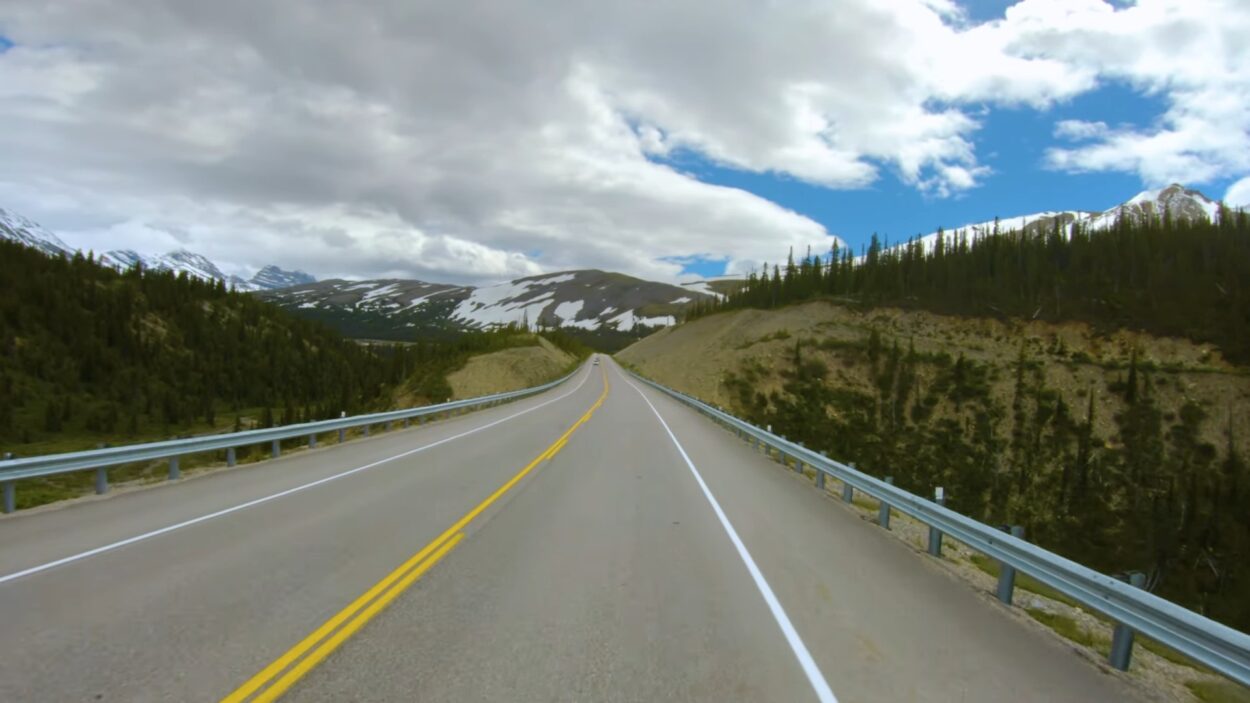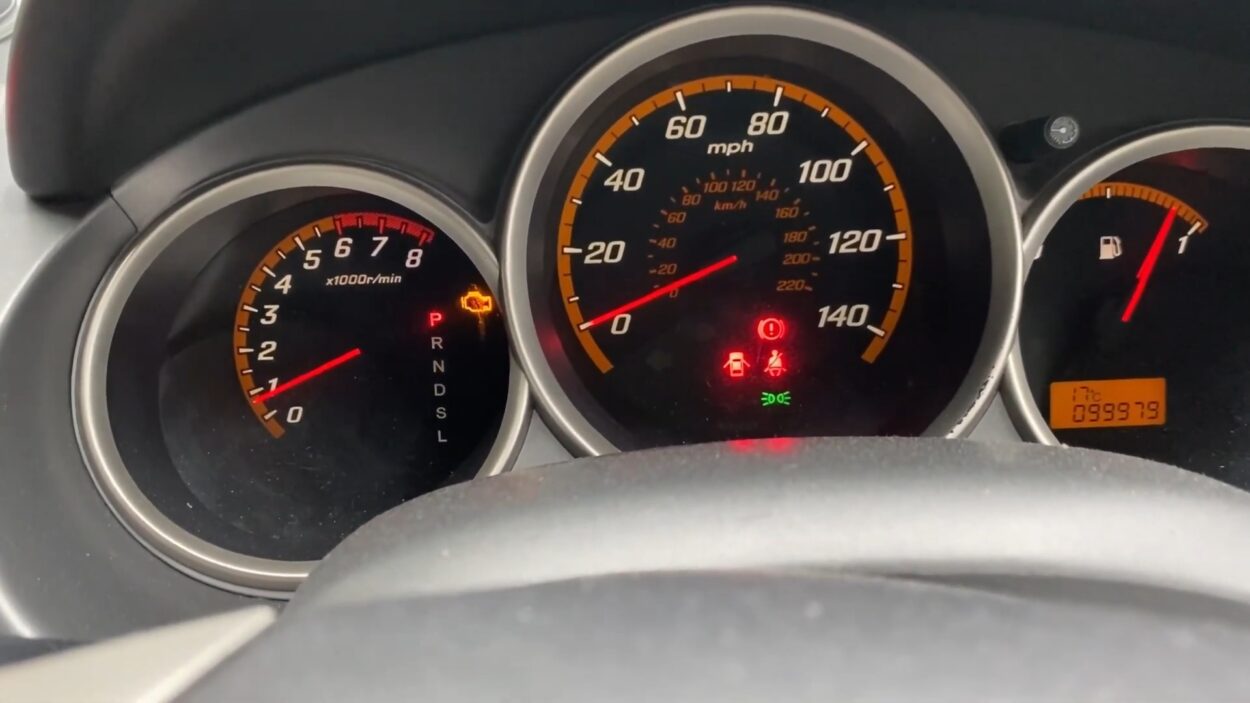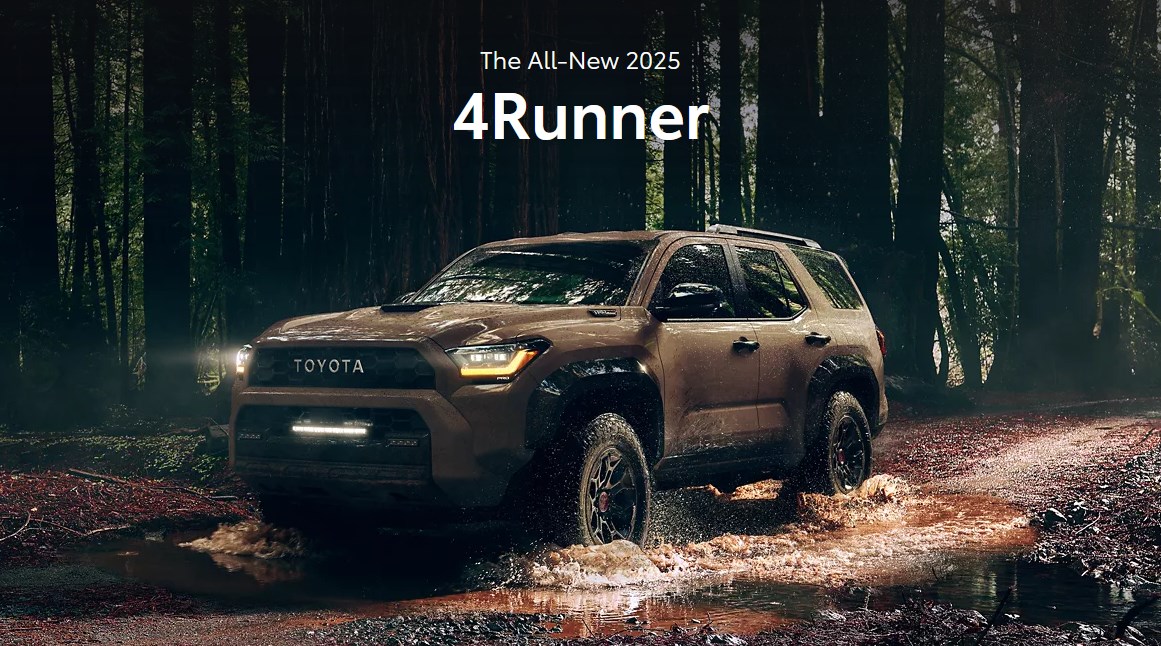As a seasoned traveler, I’ve always believed that the best way to explore a country is by road. Canada, with its vast landscapes and diverse culture, offers a unique driving experience.
But can you drive in Canada with a US license? Driving in Canada with a US license is, for the most part, straightforward.
If you’re planning a road trip to Canada or thinking of moving there for work or school, understanding the driving requirements is crucial. The good news is that, yes, you can drive in Canada with your US driver’s license, provided you also have proof of car insurance.
What You Need to Know
However, it’s essential to be aware of the specific car insurance rules in Canada, as they can vary by province or territory.
Car Insurance Rules in Canada
Insurance is a critical aspect of driving, ensuring safety and compliance with local regulations. Let’s delve into the insurance requirements for driving in Canada.
Mandatory Insurance Requirements
All drivers in Canada, both locals and visitors, must have insurance. The mandatory minimum liability insurance varies by province or territory.
Therefore, it’s essential to check the specific requirements based on your destination in Canada. While driving with a US license in Canada is permitted, you should verify if your US auto insurance is acceptable.
In most cases, your existing policy will cover you, but it’s always wise to consult your insurance provider.
Duration of Driving with a US License
The duration for which you can use your US driver’s license in Canada ranges between 60 and 90 days, depending on the province or territory. For instance, in Ontario, the limit is 60 days, while in British Columbia, it extends to 90 days.
If your stay exceeds this duration, you’ll need to acquire a Canadian driver’s license.
Age Limit and Other Considerations
Age Restrictions
Can you drive in Canada with a US license at 16? The answer is yes.
The minimum age to legally drive in Canada is 16. However, if you’re planning to rent a car, you must be at least 20 years old. It’s worth noting that drivers under 25 might incur a young driver’s fee.
Driving in Canada vs. the US
Driving in Canada is quite similar to the US, but there are some differences in road rules and conditions. For instance, Canada uses the metric system, so speed limits are in kilometers per hour.
Additionally, depending on the province, road signs might be in French, English, or both. It’s crucial to familiarize yourself with these nuances to ensure a safe and enjoyable driving experience.
Winter Driving
Preparing for the Canadian Winter
One of the most significant differences you’ll encounter is the extreme winter conditions in several parts of Canada. From black ice to heavy snowfall, white-out conditions, and blizzards, Canadian winters are not for the faint-hearted. To ensure safety:
- Equip your car with winter tires, which provide better traction on icy roads.
- Always carry emergency essentials like water, blankets, sand, kitty litter (for traction), and a shovel.
- In some parts of Canada, such as the Icefields Parkway, tire chains are mandatory during winter.
Tips for Safe Winter Driving
Driving in winter requires extra caution. Here are some tips to keep in mind:
- Always check the weather forecast before heading out.
- Reduce your speed and maintain a safe distance from the vehicle in front.
- Avoid sudden braking or sharp turns.
- If you encounter black ice, stay calm, keep the steering wheel straight, and let the car pass over it.
Driving Rules
While driving in Canada is similar to the US, there are some variations in traffic laws across provinces. Being aware of these can save you from potential fines and ensure a smooth journey.
Traffic Laws to Remember
- In Montreal, right-hand turns at red lights are prohibited. However, such turns are allowed in other parts of Quebec and other provinces.
- Speed limits vary, but most highways have a limit of 100km/h, and city or residential areas typically have a 50km/h limit.
- Seatbelts are mandatory for all passengers, regardless of age. Children under a certain age or height must use appropriate car seats.
- Smoking in a vehicle with a minor (15 and under) is illegal in many provinces.
- Distracted driving laws prohibit the use of phones or other hand-held devices while driving, except for emergency 911 calls.
Unique Canadian Driving Features
- Canada has carpool or High Occupancy Vehicle (HOV) lanes in some urban areas, reserved for vehicles with at least two occupants.
- Toll roads are less common in Canada compared to the US. However, some bridges and specific highways, like the 407 ETR in Ontario, have tolls.
The Cultural Experience of Driving in Canada
Embracing the Scenic Routes
Canada boasts some of the world’s most scenic drives. From the rugged coastlines of the Atlantic provinces to the majestic Rocky Mountains in Alberta, every province offers a unique driving experience.
- The Cabot Trail in Nova Scotia offers breathtaking ocean views and highland scenery.
- The Icefields Parkway in Alberta takes you through the heart of the Rockies, with glaciers and turquoise lakes at every turn.
Engaging with Local Communities
One of the joys of road-tripping in Canada is the opportunity to engage with local communities. Small towns and villages dot the Canadian landscape, each with its own history, culture, and charm.
- Attend local festivals, farmers’ markets, and community events.
- Try regional delicacies and engage in conversations with locals to get a deeper understanding of Canadian culture.
Understanding Road Etiquette in Canada
Politeness on the Road
- Canadians are known to give a thank-you wave when someone lets them merge into traffic.
- It’s common to see drivers stopping to let pedestrians cross, even when there’s no crosswalk.
Handling Wildlife on Roads
Canada’s vast landscapes are home to diverse wildlife, and it’s not uncommon to encounter animals on the road, especially in rural and mountainous areas.
- Always be vigilant, especially during dawn and dusk when animals are most active.
- If you spot wildlife on or near the road, slow down and give them space. Remember, it’s their home too!
Preparing for Unexpected Adventures
Handling Car Breakdowns
- Always have an emergency kit in your car, including essentials like water, snacks, a flashlight, and basic tools.
- Familiarize yourself with local emergency numbers and have a list of nearby service stations.
Embracing Detours
Sometimes, the best experiences come from unplanned detours. Whether it’s a hidden waterfall, a quaint village, or a local festival, Canada is full of surprises waiting to be discovered.
FAQs
Driving in a foreign country often comes with a set of questions. Let’s address some common queries about driving in Canada with a US license.
Driving with a Non-US Foreign License?
While Americans can use their US license, visitors from countries where the official language isn’t English or French might need an International Driving Permit (IDP) and Canadian insurance.
Holding Both US and Canadian Licenses?
Due to an agreement between States and Provinces, you can only have a license in the state/province where you reside. This means you cannot hold both a US and Canadian driver’s license simultaneously.
Renting a Car in Canada with a US License?
Yes, you can rent a car in Canada with a US license without needing an IDP. However, always check with the rental company for any specific requirements or fees.
Final Words
Embarking on a road trip across Canada with a US license is not just about traversing roads; it’s about journeying through a mosaic of cultures, landscapes, and experiences. From the bustling cities to the serene countryside, every mile tells a story, and every turn reveals a new vista.
As a seasoned traveler, I’ve learned that the essence of a journey lies not just in the destination but in the myriad moments and memories crafted along the way. Canada, with its vastness and diversity, offers a unique tapestry of experiences waiting to be explored.
Whether you’re driving through the snow-capped Rockies, the golden prairies, or the rugged coastlines, remember to soak in the beauty, engage with the locals, and respect the land and its traditions.

